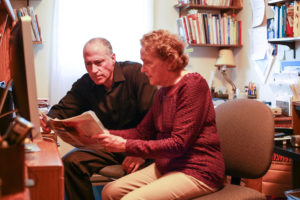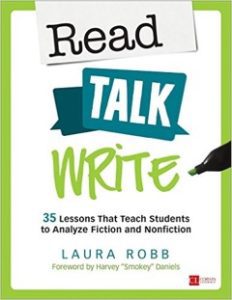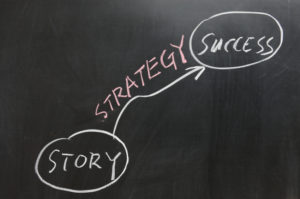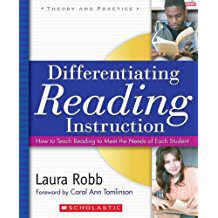Naming Strengths is Like an Extra Shot of Espresso
By Gravity Goldberg
Let’s face it. By 1:00 pm a third of us are wishing for a diet coke, a third want a Macchiato, and another third want a power nap. Being the kind of teacher who plans purposefully, patiently meets students where they are, and keeps up to date with the latest tips and research can be exhausting. Of course there are also the unplanned events that claim our attention like parent emails, unexpected meetings, and the social interactions that seep into our classrooms and fill it with peer drama and mediation. While that caffeine and sugar boost give us a quick fix it also leaves us jittery, rounder around the waist, and crashing later in the day. This led me in search of other, healthier, and more sustainable ways to get that much needed energy boost.
By looking at the research from positive psychology and sociology I found that one of the best things we can do for us and our students is to focus on building from strengths. It turns out that we train our brains to look for whatever we think matters most. If we believe that focusing on strengths is important we will begin to look for them and then find them everywhere with every student. On the other hand, when we look for what is not working, we can also find that everywhere. The biggest difference is that strengths make us feel good and when we feel good we are happier, more energized and more successful teachers.
Every day I sit with a reader and ask him about his process. I get curious about what this particular reader thinks about, notices, and does as he reads. I really listen. Then I allow myself to be impressed by what he already knows how to do. By focusing on a reader’s strengths I fill up on positivity that can’t help but give me a boost.
After noticing a strength I explain it to the reader so he can also relish in the hard work that is paying off. While giving the feedback I really take in his change in facial expression and demeanor. The toothy grins, the rosy glow, all show me just how much the reader feels his pride. His pride gives me even more of an energy boost. Finally, I sneak peeks at the reader for the rest of the day, and enjoy the energy ripples of communicating to students what they already do so well.
Of course this does not mean I only reinforce strengths when I confer, as I also teach students strategies, but the teaching comes second. At first I had to train myself to look for what the reader could do so I could build from strengths. I put sticky notes on my conferring clipboard to remind myself of my intention. After a few weeks of daily practice it became more natural and now it is automatic.
Think this is all fluff, like whipped cream atop a latte? Think again—
this positivity practice makes a difference. The next day, and the next day after that, you see its impact on the reader. In psychology, they call it the helper’s high. In teaching, I’m thinking of it as a double shot of positive feedback that gives each of us a needed boost.
Click here to learn more about Gravity!
Follow Gravity Goldberg on Twitter @drgravityg
We love Mindsets and Moods By Gravity Goldberg! Check it out!
![]()













